I grew up in Western Pennsylvania – mostly Somerset County. Everywhere around me there was evidence that we were not the first people to inhabit this land.
We all knew about remains of old iron furnaces and coal mines in the woods and almost every farmer had a collection of “arrow heads” from their fields.
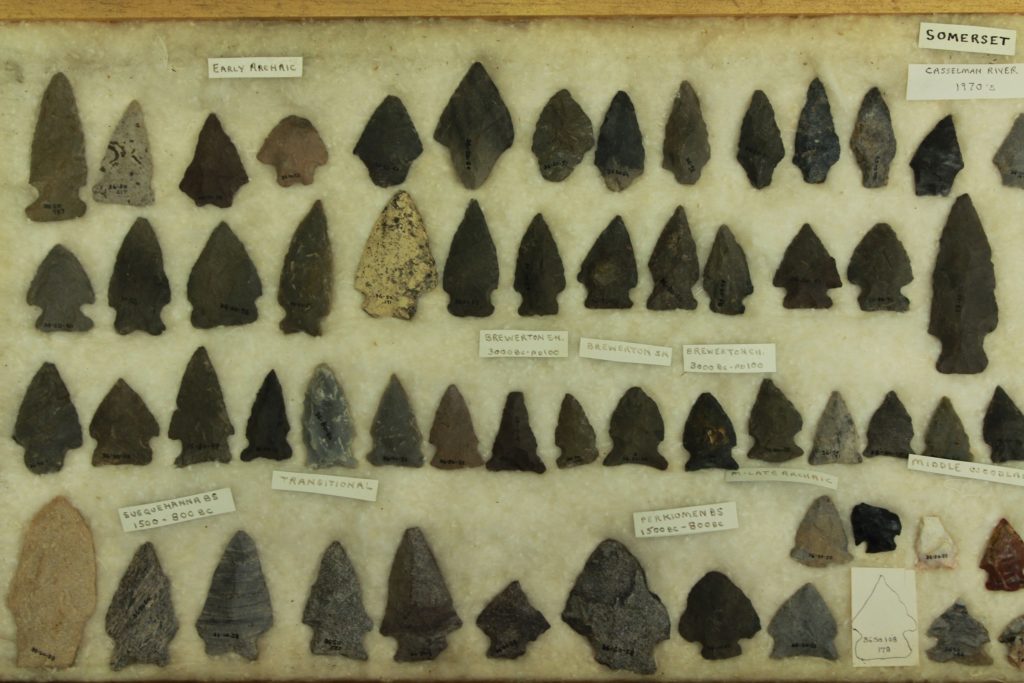
I had heard about “Archaeology.” It was something that happened in exotic places like Egypt and the Yucatan. It studied temples and mummies with fancy pottery and gold jewelry. My parents had studied biblical archaeology in college. There was nothing like that where we lived.
Somerset’s SPA Chapter
When I was in high school, two things came together to heighten my interest in the past around me. I do not remember which started first, but the two were very intertwined.
My mother, who had always had an interest in classical archaeology (Greek and Roman), met a woman named Vera Jane Hoffman who had an interest in local pre-contact history. Together they became aware of the Society for Pennsylvania Archaeology (SPA for short and I do not know how) and decided to organize a local chapter.
So the Somerset County Archaeological Society (SCAS), Chapter 20 of the SPA was born. We had a few dozen members from all walks of life and of all ages, which is typical of SPA chapters. We had monthly speakers who ran the gamut from a couple of us kids doing book reports on fossil hominids in Africa to professional archaeologists sharing slide shows about excavations around Pennsylvania.
Early Western PA Archaeology Projects
One of the first I remember was about Sheep Rock Shelter (36JU0001), which had been excavated by classes from Penn State and Juniata College prior to being inundated by the Raystown Dam.
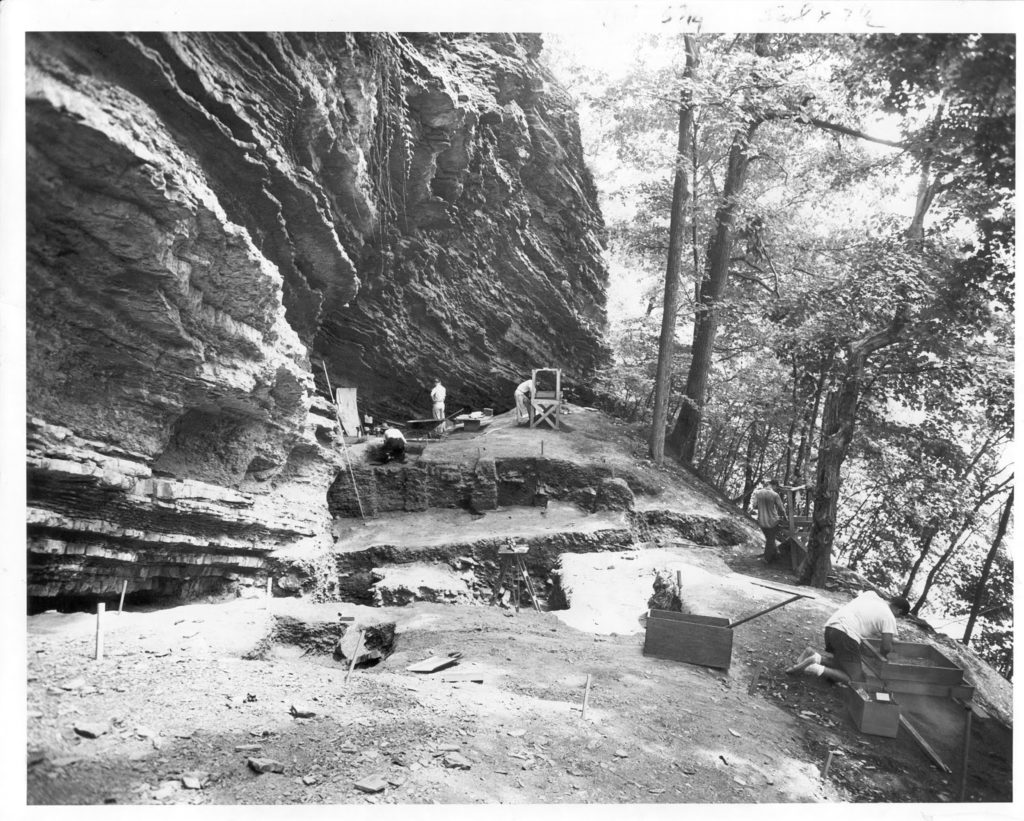
This taught me that there were interesting sites around me and that many of them were disappearing.
I also learned through the chapter that we were not the first group to have interest in the archaeology of Somerset County. There had been several excavations in the 1930s by archaeologists from the Works Progress Administration (WPA), but the average person in Somerset County had no idea this work had happened, nor was any of the history they uncovered taught in our schools.
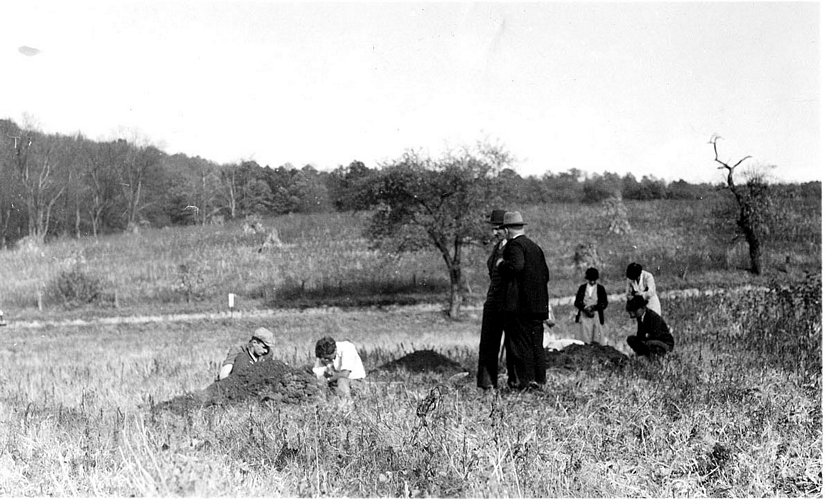
About the same time that this chapter was being formed, one of the first projects reviewed by Pennsylvania’s newly formed State Historic Preservation Office under the National Historic Preservation Act was a stretch of new highway in the southern part of the county near Meyersdale.
Archaeologists from the Carnegie Museum of Natural History were sent to do this new thing known as “compliance archaeology” ahead of construction. They determined that the highway was going to totally obliterate a Monongahela village called the Gnagey 3 Site (36SO0055) (PA Archaeologist 53(4):1-97) and they would need help to salvage the information it contained.
Over two summers, the CMNH crew and volunteers from SCAS totally excavated the site – and I got my first taste of real archaeological excavations.
Bitten by the Archaeology Bug
Well, I went away to college to study something completely different, but always made time to go to the Annual Meeting of the SPA to hear presentations about archaeology from all over the state. In college I discovered ANTHROPOLOGY and I discovered that Somerset Countians were not the only ones who know little about the pre-European history of our area.
Western PA was a black hole on most of the maps in our books. I wanted to fill in that hole, and I figured out that my interest in the hidden past could actually be a profession, so I added a major and started down the archaeology path of undergrad and graduate studies, contract work, eventually landing a “6 month temporary position” in the State Historic Preservation Office – where I have now been for about 30 years.
SHPO, SPA and Me
One of my favorite duties at SHPO for that entire time has been reporting to the SPA about the work of the SHPO, especially our site survey work, a job I have since turned over to our new Pennsylvania Archaeological Site Survey Coordinator, Hannah Harvey.
Every year we go to the conference and the Workshops in Archaeology and encourage chapter members to records their sites and provide an update on how many sites have been recorded in each county.
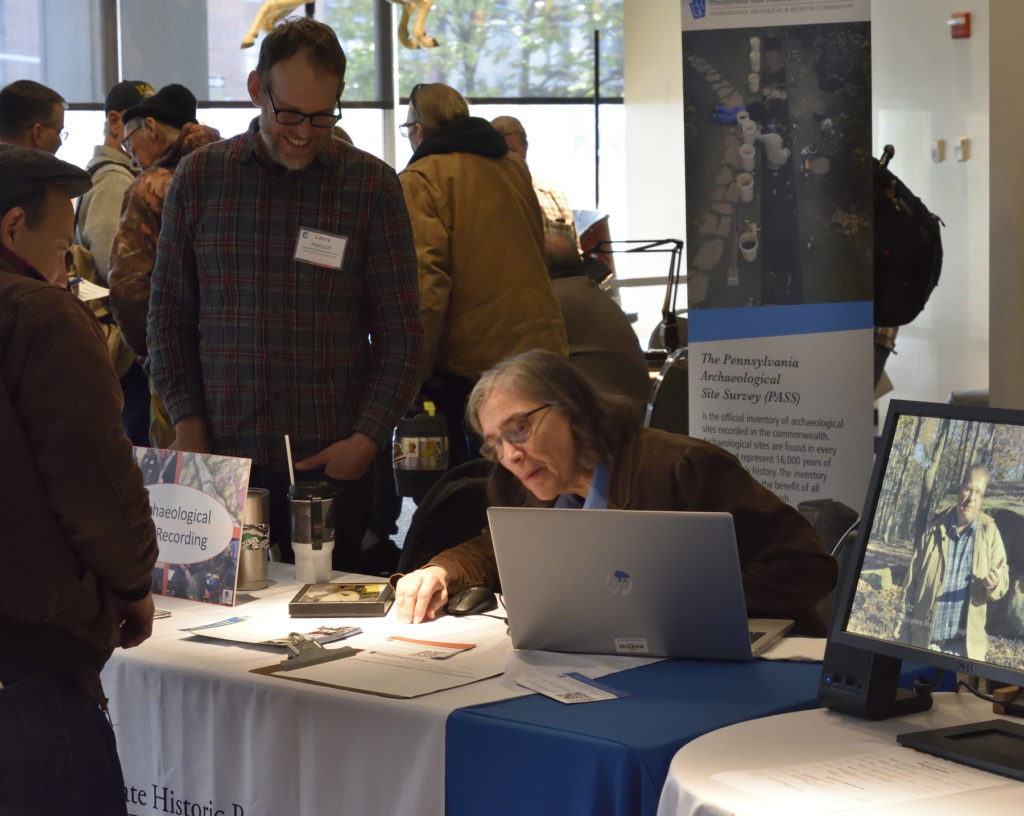
We also certify the winner of the Frances Dorrance Award for Site Recording, which goes to the chapter whose members recorded the most sites with our office that year. But mostly, we talk to our fellow archaeologists.
From its inception, SPA has been a place where interested people from all walks of life could get together to learn from each other about the past of our state. The history of the SPA was described in this post and this post last year, so I will not repeat it. I am just glad to say that this partnership between avocational and professionals led me to a career I have loved and I hope I have used to give back to others, so some one else may find their passion, too.
Comment Policy
PHMC welcomes and encourages topic-related comments on this blog. PHMC reserves the right to remove comments that in PHMC’s discretion do not follow participation guidelines.
Commenters and Comments shall be related to the blog post topic and respectful of others who use this site.
Commenters and Comments shall not: use language that is offensive, inflammatory or provocative (this includes, but is not limited to, using profanity, obscene, or vulgar comments); disparage other commenters or people; condone illegal activity; identify the location of known or suspected archeological sites; post personal information in comments such as addresses, phone numbers, e-mail addresses or other contact details, which may relate to you or other individuals; impersonate or falsely claim to represent a person or an organization; make any commercial endorsement or promotion of any product, service or publication.
If you would like to comment on other topics not related to this blog post but related to PHMC, please fill out the PHMC Contact Us Form.
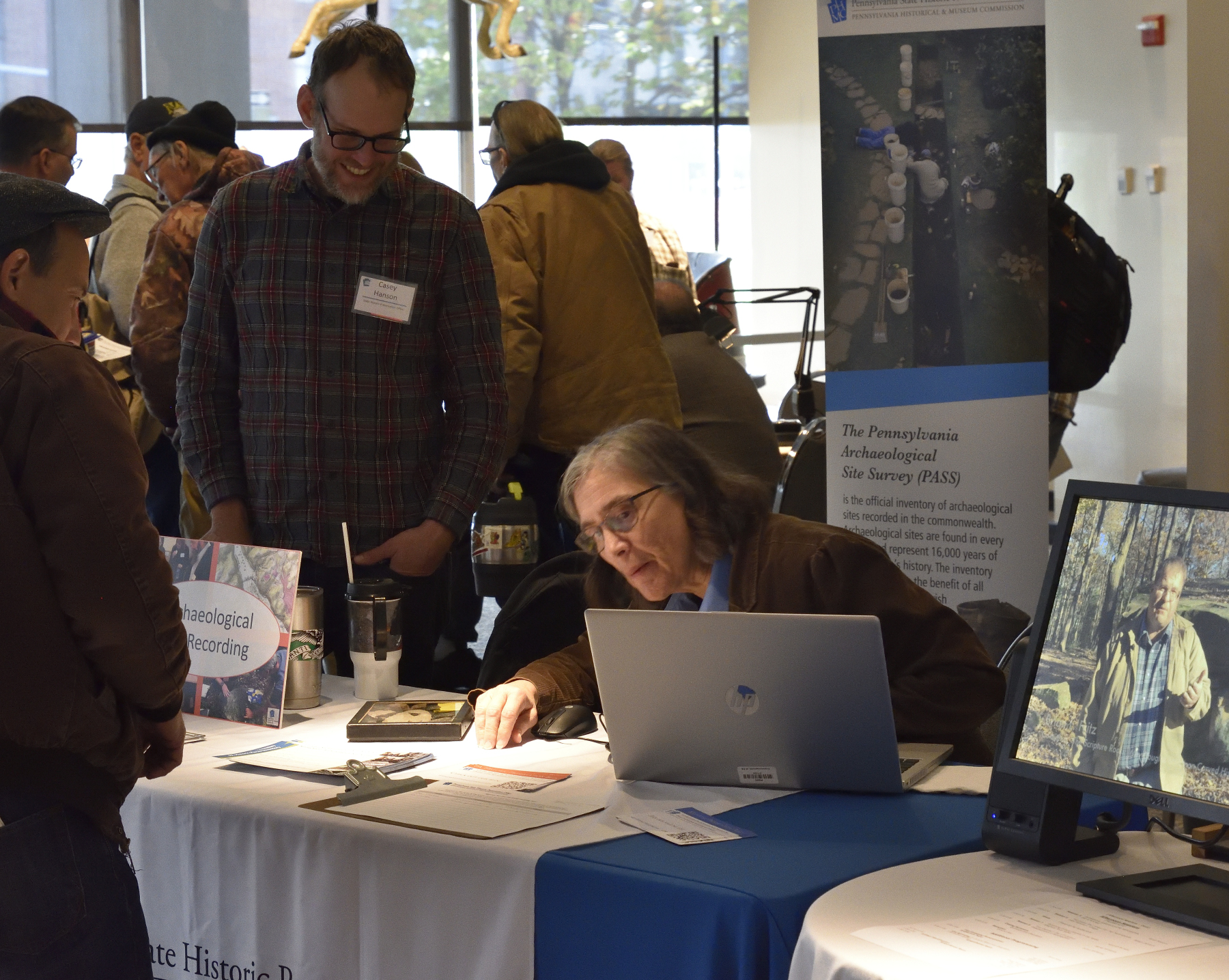
Noel – enjoyed your story.
Aren’t you glad there’s no vaccine for the “archaeology bug” – I know I am, and like you, and many of our colleagues, have enjoyed this particular “infection.”
Thanks for your stewardship and commitment to CRGIS – I’m looking forward to learning about the new system!
This is a great article, Paula. Hope you don’t mind me using it to promote other areas of Pennsylvania to join in the wonderful adventure you describe.